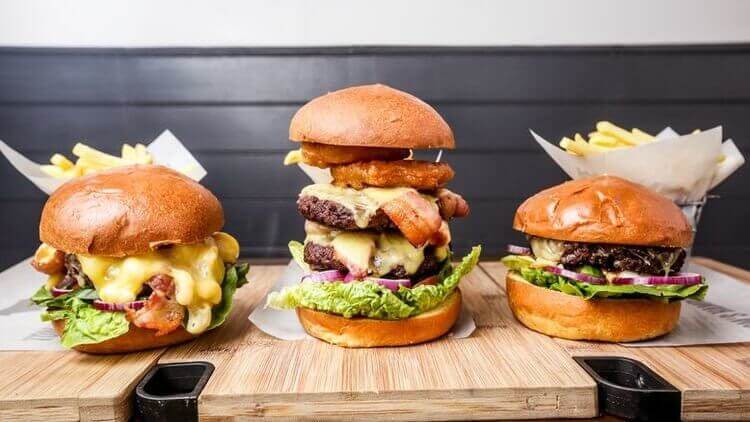
Hotels have long employed add-on bundling as a strategy to better utilize non-guest room capacity, drive ancillary revenues, and ultimately boost bottom-line profit.
To sweeten the deal – and enhance guests’ perceptions of the value of an add-on bundle – operators often offer the bundle at a discount, with two types of discount frames dominating practice:
Subscribe to our weekly newsletter and stay up to date
(1) an add-on discount frame (ADF) where the discount is presented as a discount on the add-on product (e.g., “book a bed and we’ll set you up with 20% off late checkout”); and, (2) a bundle discount frame (BDF) where the discount is offered on the package itself (e.g., “Stay for 3 nights & avail of continental breakfast, and get 10% off on the entire package”).
But, which of these two discount frames, ADF or BDF, is more effective in driving conversion? The answer, it depends. Different types of products (utilitarian vs. hedonic) elicit differences in how individuals process information, and it is these differences in information processing that lead to differences in preferences for discount frames. So, to understand whether to use an ADF or BDF when promoting an add-on bundle, you’ve got to first consider the types of products – utilitarian or hedonic – that you are packaging together within the bundle.
Utilitarian vs. Hedonic Products
Utilitarian products are products that fill a necessary or functional need. Hedonic products, on the other hand, are products that are considered primarily experiential, and pleasure-oriented in nature. In reality, many products are comprised of both utilitarian and hedonic components, but typically one dominates. For example, a guest may consider a basic, no frills guest room as primarily utilitarian in nature if the goal is to satisfy the functional need of somewhere to sleep. A luxury suite, on the other hand, could be considered as a primarily hedonic product given its experiential, pleasure-laden orientation. Hotel add-on products can also be classified on a utilitarian-hedonic continuum.
For example, a grab and go breakfast is typically considered largely utilitarian in nature, while a chef’s tasting menu better fits a more hedonic experience. Note that different market segments are likely to differ in terms of how they perceive the various add-on products that you offer. For example, a leisure customer may view access to an executive lounge as a primarily hedonic experience, while a business traveler may view it as purely utilitarian.




